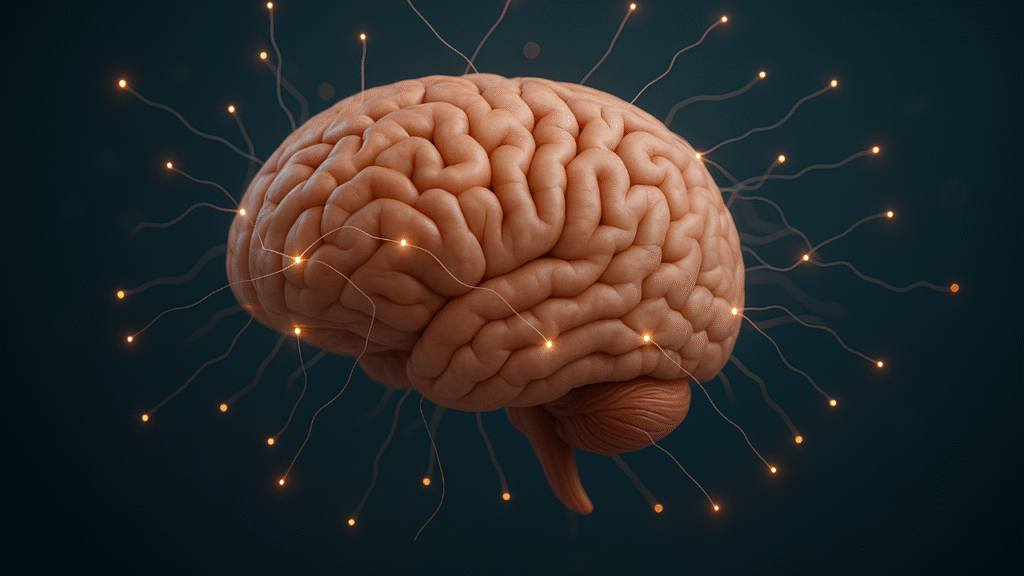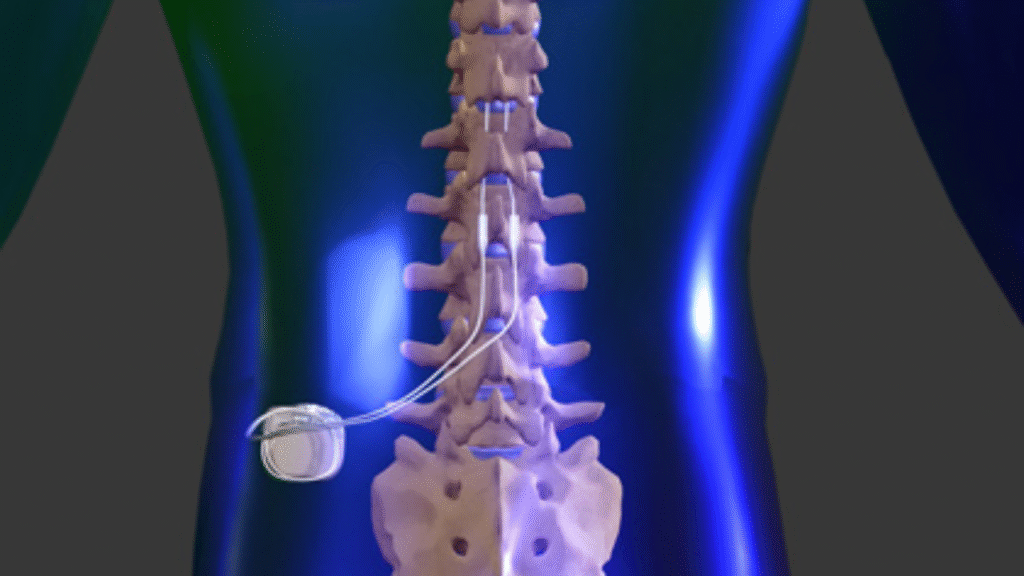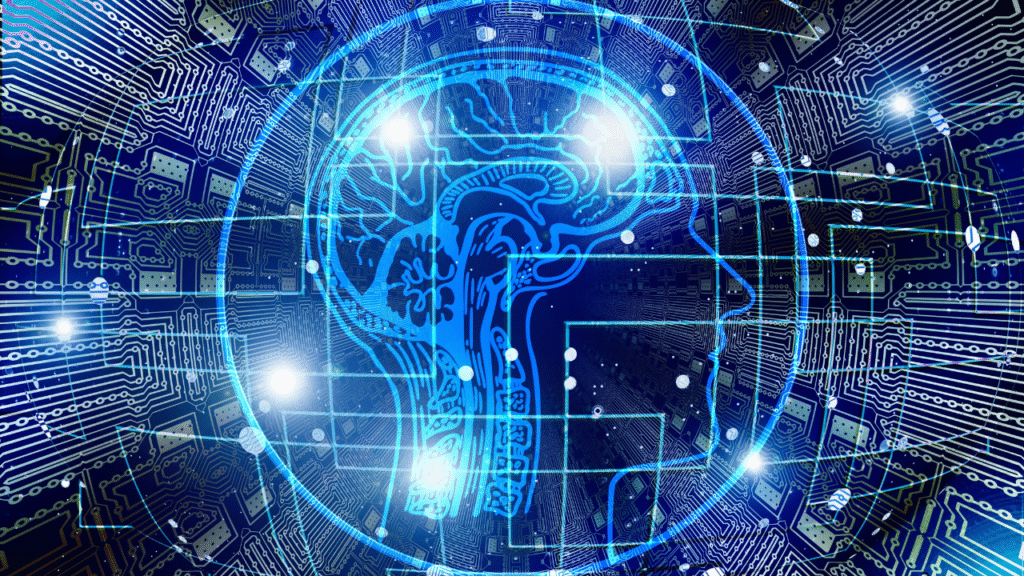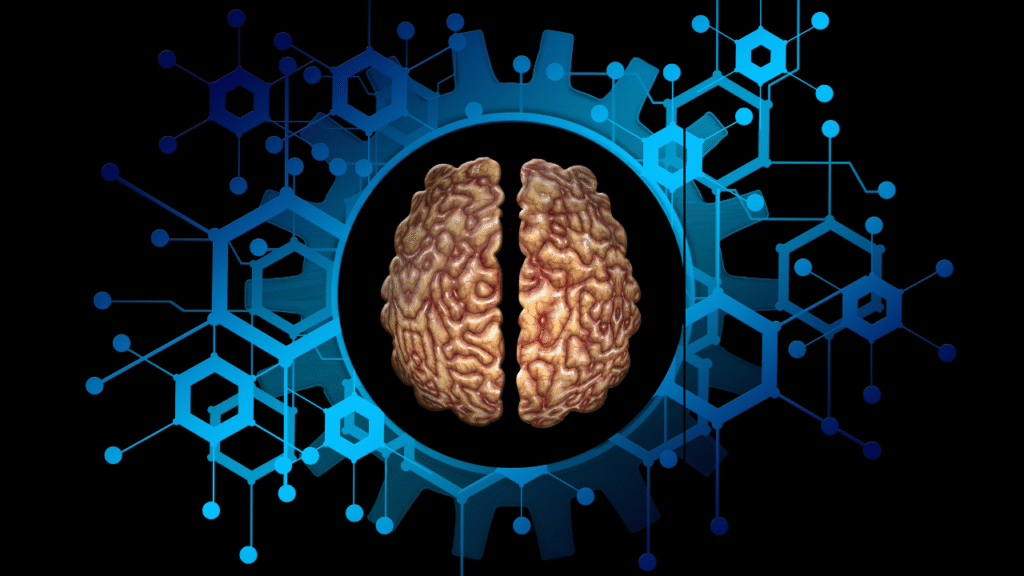Introduction: A New Frontier for the Human Brain
Imagine a world where you could restore lost memory, control devices with your mind, or instantly translate languages in real-time—just by thinking. This is not a sci-fi fantasy anymore. It’s the evolving reality of neural implants, a technology that merges the biological with the digital, transforming what it means to be human.
Neural implants are tiny electronic devices implanted in the brain or nervous system to monitor, stimulate, or even enhance brain activity. Once limited to medical applications like treating Parkinson’s disease or epilepsy, they’re now driving a new era of human enhancement technology—a movement that’s pushing the limits of how we heal, think, and interact with machines.
What are Neural Implants?
Neural implants, sometimes called brain-computer interfaces (BCIs) or neuroprosthetics, are microelectronic devices that connect directly to the brain or peripheral nervous system. Their primary function is to interpret, stimulate, or modulate neural signals.

These implants:
- Detect electrical activity in the brain
- Relay those signals to external devices (like computers or prosthetics)
- Or send electrical pulses back to specific neurons to stimulate responses
This bidirectional communication forms the foundation of mind-controlled technology—a rapidly growing field with massive implications.
Medical Marvels: The Origin of Neural Implants
Initially, neural implants were developed to address serious neurological disorders. Here are some of the most transformative medical applications:
1. Parkinson’s Disease and Movement Disorders
Deep Brain Stimulation (DBS) is one of the earliest and most successful uses of neural implants. Electrodes implanted in the brain send pulses to correct abnormal neural activity, significantly reducing tremors in Parkinson’s patients.
2. Epilepsy Treatment
Responsive neurostimulation devices detect abnormal brain signals and counter them in real-time to prevent seizures.
3. Cochlear Implants
A well-known form of neural prosthetics, these implants allow deaf individuals to perceive sound by stimulating the auditory nerve.
4. Spinal Cord Stimulation
Spinal cord stimulation is used to manage chronic pain and, in some cases, to help patients with paralysis regain limited motor function.
These breakthroughs laid the groundwork for broader applications, turning neurotechnology into one of the most promising frontiers in modern medicine.

Beyond Healing: Neural Implants for Human Enhancement
Now, neural implants are moving beyond treatment—and into cognitive and sensory enhancement.
1. Boosting Memory and Learning
Research is underway to develop implants that can enhance memory retention or restore memory loss in people with Alzheimer’s disease. Experiments on animals have already shown success in replicating neural firing patterns involved in memory formation.
2. Direct Brain-to-Computer Communication
Companies like Neuralink, founded by Elon Musk, are pioneering wireless neural implants that allow users to interact with digital devices using just their thoughts. From typing on a screen to controlling a robotic arm, the applications are revolutionary.
3. Sensory Augmentation
Imagine seeing in the infrared spectrum, or feeling vibrations as navigation cues. Neural implants could one day enhance our natural senses or give us entirely new ones—a concept known as biohacking.
The Role of AI and Machine Learning
To decode brain signals accurately, artificial intelligence (AI) and machine learning are playing crucial roles. Neural implants generate vast amounts of data, and AI helps interpret these patterns in real time, enabling more precise control and interaction.
This synergy between AI in neuroscience and implantable devices is accelerating progress in:
- Prosthetic limb control
- Speech synthesis from neural activity
- Emotion detection and mental health monitoring
As algorithms improve, so does the potential for cognitive enhancement via implants.

Ethical Dilemmas and Risks
With all great innovation comes ethical responsibility. Neural implants raise profound questions:
1. Data Privacy
If your thoughts can be interpreted by a machine, who owns that data? Could it be hacked or misused?
2. Inequality of Access
Will enhanced intelligence and abilities be available only to the wealthy? Could this deepen societal divides?
3. Identity and Autonomy
If an implant modifies your brain’s behavior, are you still fully “you”? How much control should a machine have over the human mind?
These questions are not easily answered, but they must be addressed as brain-computer interface technology evolves.
Real-World Developments and What’s Next
As of 2025, several major players and research institutions are making rapid progress in the neural implant space:
- Neuralink has successfully implanted its devices in human trials, enabling basic thought-controlled interactions.
- Synchron, another BCI company, has received FDA approval for its minimally invasive brain implant.
- DARPA is funding non-invasive neural interface projects for military and medical use.
Future advancements could lead to:
- Neural-linked smart glasses for AR/VR navigation
- Digital telepathy for real-time brain-to-brain communication
- Neuro-enhanced education systems tailored to individual brain patterns
The convergence of neuroscience, implantable technology, and AI is bringing the vision of a “cyborg future” much closer than many imagined.

Final Thoughts: The Brain as the Next Digital Frontier
We’re standing on the edge of a new era—one where neural implants could enhance our abilities, heal our disorders, and connect us in ways we never thought possible. What was once science fiction is now a matter of engineering, ethics, and ambition.
While there are risks and concerns to address, the potential to unlock the full power of the human brain is both thrilling and transformative. Whether for restoring function, boosting intelligence, or creating new forms of communication, the brain is becoming the ultimate interface.
In the decades to come, neural implants may not just fix what’s broken—they might redefine what it means to be human.








